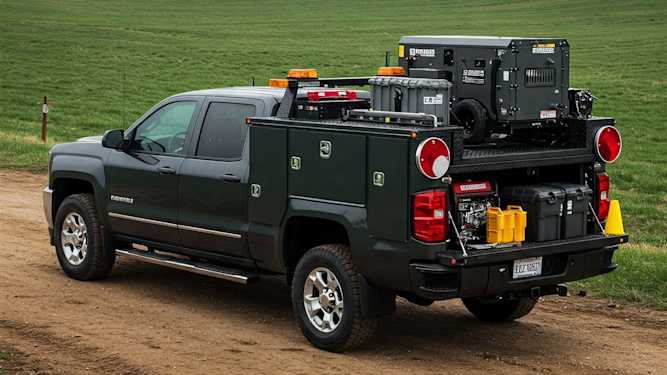The Latest Buzz
What Country Has the Most “Four-Way Stop” Intersections?

What Country Has the Most “Four-Way Stop” Intersections?
The United States has the most all-way stops (four-way stop signs) in the world.
This is particularly common in suburban and rural areas, where these intersections are a key traffic control method. While other countries, like Canada, also use all-way stops, the U.S. leads in their widespread implementation.
Why Four-Way Stops Are Common in the U.S.
Four-way stops help control traffic at intersections without the need for traffic lights. They are often used in areas with lower traffic volumes, where the installation of traffic signals would be excessive or costly.
In contrast, four-way stop intersections are far less common in European countries. Nations like the UK, Germany, and France typically use roundabouts or traffic lights at major intersections rather than stop signs. This approach helps improve traffic flow, particularly in densely populated areas.
Countries with Three-Way Stop Signs
Three-way stop signs, where only three of the four intersecting roads have stop signs, are less common but still significant in certain regions. The United States, once again, leads in the use of three-way stops, especially in neighborhoods with less traffic volume. Canada and Australia also feature some intersections with three-way stops.
In countries across Europe and Asia, three-way stop signs are extremely rare. Most intersections have traffic lights or priority rules that allow vehicles from one direction to pass through without stopping.
Why This Matters
For Autonomous Vehicles
Navigating four-way stops is a significant challenge that requires careful coordination with other vehicles and pedestrians.
For Geospatial experts
Mapping 4-way stop intersections to provide accurate data for navigation systems, helping both autonomous and human drivers.
In Summary
The use of three and four-way stop signs varies greatly across the globe. While countries like the U.S. and Canada rely heavily on them to regulate traffic, other nations prefer alternatives such as roundabouts or traffic lights. Understanding these differences can provide valuable insight into global traffic management practices, improving both safety and efficiency on the roads.
Share Post


